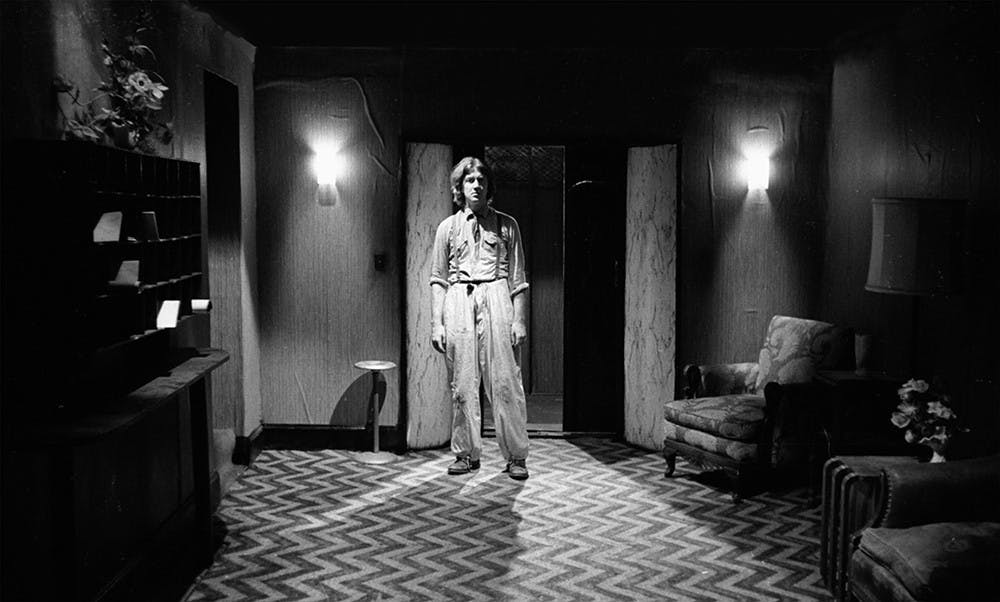David Lynch has had a multifaceted career. You might know him as the co-creator of “Twin Peaks,” which has returned for a third season on Showtime.
But beyond television, Lynch is best known as the director of many idiosyncratic films, among them “Eraserhead” (1977). You can learn a lot about Lynch by studying his surreal first film, which might be the greatest mind-bending experience of 20th century American cinema.
“Eraserhead” does not have a labyrinthine plot. It focuses on Henry, a young man who is dating a girl named Mary X. They get married after she gives birth to something that is far from human, and Henry endures some bizarre situations as he tries to adjust to his new life.
One of my favorite things about “Eraserhead” is how well it lends itself to multiple interpretations.
A left-wing critic could argue it is about the blight of industrial poverty on the working class. A right-wing critic can argue it’s about the breakdown of family values. Like Lynch’s best work, the film is a dark mirror that reflects your deepest concerns right back at you.
“Eraserhead” contains some previews of some of Lynch’s most memorable images.
A shot of Henry spying on an attractive neighbor prefigures a famous moment from “Blue Velvet” (1986).
The tiles on the floor of one set are reminiscent of the tiles in the Red Room on “Twin Peaks.”
This black-and-white film shines brightest in the singular world it creates. Lynch had most of the sets and props for this movie constructed.
His blighted world is refreshing and tactile, especially when compared to modern CGI.
The soundtrack Lynch created with sound editor Alan Splet is just as interesting as the visual style.
Most scenes have a hum that suggests some type of twisted industrial wasteland.
The amount of time it took to build everything had a hand in lengthening the film’s shoot to four years. It was certainly worth it.
This is the type of movie you can watch multiple times without ever truly understanding it, but the experience of letting it wash over you is unlike any other. There is probably no better introduction to David Lynch’s imagination than “Eraserhead.”




